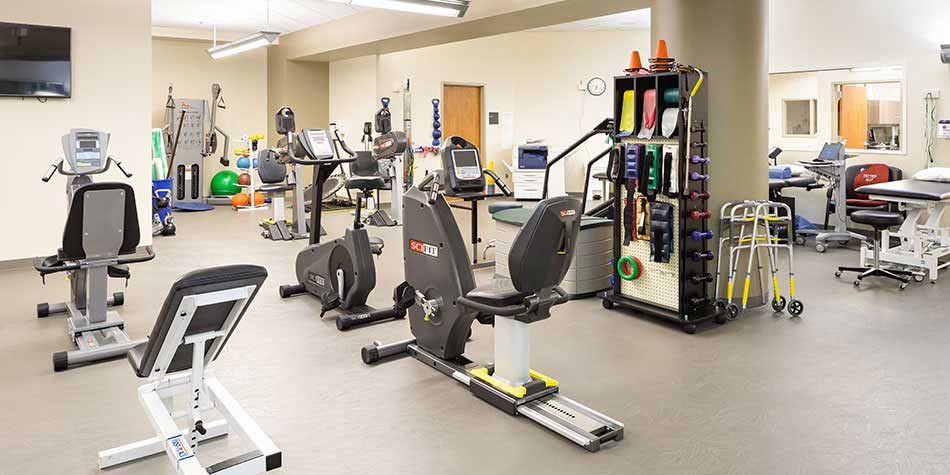Establishing a office setting that supports health and efficiency is essential in today’s rapid environment. The study of ergonomics, the science of how people interact with their workspace, plays a crucial role in reaching this objective. By adopting key ergonomics-based principles, individuals can improve their comfort, reduce the risk of strain, and enhance overall effectiveness in their daily activities. Recognizing and implementing these principles can lead to substantial benefits for both workers and employers alike.
One of the primary actions in understanding ergonomics is to assess the workspace arrangement. This includes the organization of workstations, office chairs, devices, and other equipment. A office chair should offer sufficient lumbar support, enabling the lower back to retain its healthy curve. The height of the work surface should be adjustable so that when seated, arms sit easily at a 90-degree alignment while keyboarding. Additionally, computer screens should be aligned at sightline to reduce neck tension. Properly structuring these components establishes a basis for a healthy office.

A crucial element is the significance of physical activity throughout the day. Staying in one place for too long can cause strain and wellness concerns. As a result, it is beneficial to include regular rest periods into the work routine. Simple steps such as rising, extending muscles, or taking a check out here walk can ease muscle strain and boost vascular health. Motivating workers to stay active not only enhances their overall health but also boosts focus and productivity during activities.
Light quality in the work environment also holds an essential role in ergonomics. Insufficient light can lead to eye discomfort and headaches, which can significantly reduce productivity. Daylight is optimal as it reduces visual strain and makes the work setting more enjoyable. However, adding adjustable desk lamps with diffused lighting can improve sight without causing strain. Ensuring that work environments are adequately lit contributes to establishing an setting conducive to focus and productivity.
In conclusion, promoting good practices regarding posture is essential for supporting a healthy workplace. Employees should be taught on the importance of maintaining an upright posture and placing their feet firmly on the ground. Incorporating ergonomic accessories like wrist rests or adjustable trays can further enhance workplace support while performing tasks. By promoting awareness about healthy alignment among all team members, organizations can develop a environment of wellness that drives greater performance and job satisfaction.
In conclusion, understanding workplace ergonomics is vital for creating an efficient and well-balanced work environment. By evaluating workspace arrangements, supporting continue reading this physical activity, improving lighting conditions, and encouraging proper posture practices, both employees and employers can realize significant advantages. Dedicating energy and investment into ergonomic practices not only supports individual well-being but also fosters a higher-performing work environment as a whole.